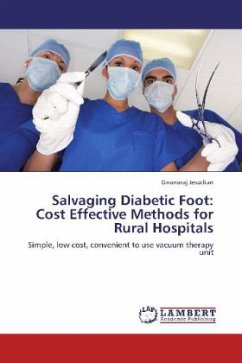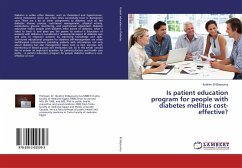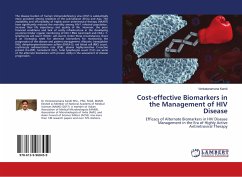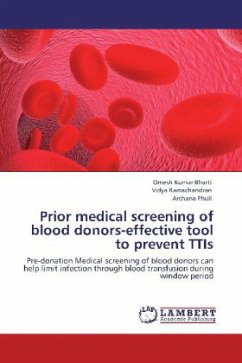About 15% of patients with diabetes develop a diabetic foot. After 25 years of Diabetes there is an 11% chance of lower limb amputation. 85% of trivial foot lesions can ultimately result in foot amputation.. Many of these amputations could be prevented. However, the treatment is lengthy, expensive and often not feasible in rural areas. We describe the methods that we have used in rural areas to salvage diabetic feet from amputation and present our experience gathered from working in many rural mission hospitals. Five factors identified as significant to predict the development of diabetic ulcers were Peripheral neuropathy, absent pedal pulses, Foot deformity, Pre ulceration, Disability. When one of the factors are present then the risk is 77% and when more than one risk factor is present then the chance of having an ulcer is over 91%. The locally developed vacuum therapy unit is simple to use and cost effective.







